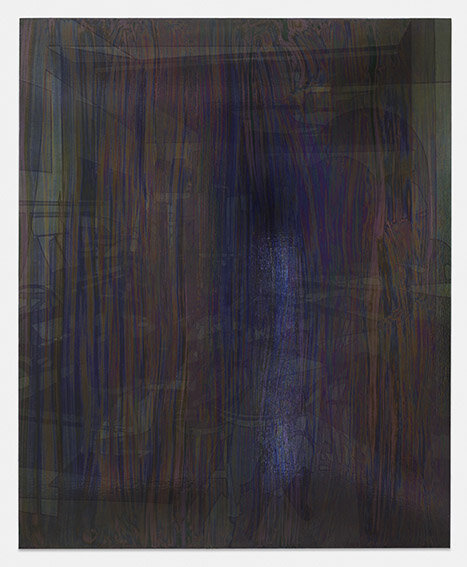Hidden Knowledge
Makasiini Contemporary, Turku, Finland, 2020
“Body memory does not take one back to the past, but conveys an implicit effectiveness of the past in the present.”
(Thomas Fuchs. Body Memory and the Unconscious. The Oxford Handbook of Philosophy of Psychoanalysis. Eds. Richard G. T. Gipps & Michael Lacewing. Oxford University Press, Oxford 2018, 457–470)
The central theme of my latest body of work revolves around the concept of time. I am interested in time as a physical phenomenon and as an experience, something that is in our “mind”. Time is a memory of the traces of our past. The events and recollections preserved in our memory are both subjective and collective, and they manifest themselves both consciously and unconsciously. Those experiences and things that we do not want to remember, or think of, manifest themselves as phantoms in our actions and thoughts. These hidden or forgotten “traumas” do not disappear but are transmitted across generations, recorded in the body memory.
In my works, the themes of time and memory can be seen in my ambitions to visualize disturbance. A disturbance is something that prevents uniformed recollection from forming. I use layered panels, in which the subject, colour, and the reflection of the surroundings can be seen both separately and mixed with each other.
The pictorial subjects in my paintings often reference locations or spaces. The hologram-like painted figurative layers are time planes, relaying an experience of continuity that seems chaotic. As transparent layers of paint mix with each other, the picture blurs and disintegrates.
A separate colour layer looks multi-coloured while being monochromatic. The dark base of my paintings brings forth the hidden character of colours. A purple layer becomes multi-coloured on a black base, and purple on a white base. The way we perceive and interpret colour is relative and tied to our physiology.
The mirror-like surface of the paintings copies changes in their surroundings into the artwork, making them time- and site-specific. Depending on the exhibition site, this “borrowed reality” shapes a viewer’s perception of the work. The viewed changes disturb and almost force the viewer to change one’s viewing angle and to move around the paintings. And, as the viewer’s reflection is copied to the surface, his or her perception of the work is disturbed because of him- or herself.











